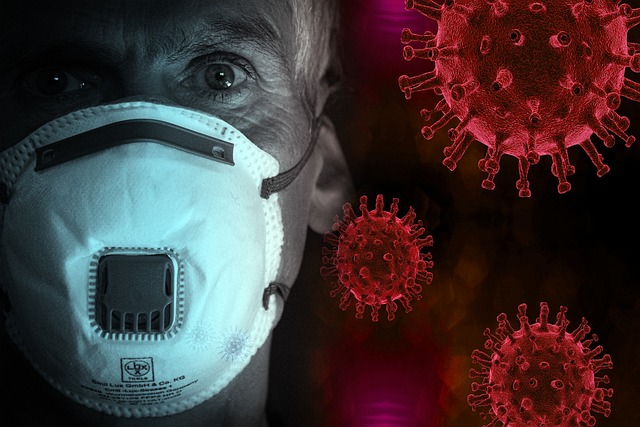Summary Aim To study the association between covid-19 vaccines, SARS-CoV-2 infection and the risk of immune-mediated neurological events. Design Population-based historical rate comparison study and self-controlled case series analysis. Establishment of UK primary care registries and Spanish primary care registries linked to hospital data. Participants 8,330,497 people who received at least one dose of the covid-19 vaccines ChAdOx1 nCoV-19, BNT162b2, mRNA-1273 or Ad.26.COV2.S between the launch of the vaccination campaigns and the end of data availability (United Kingdom: May 9, 2021; Spain: June 30, 2021). The study sample also comprised a cohort of 735,870 unvaccinated people with a first positive reverse transcription-polymerase chain reaction test result for SARS-CoV-2 since September 1, 2020, and 14,330,080 participants from the general population. Main outcome measures The outcomes were the incidence of Bell’s palsy, encephalomyelitis, Guillain-Barré syndrome, and transverse myelitis. Incidence rates were estimated within 21 days of the first vaccine dose, 90 days after a positive test result for SARS-CoV-2, and between 2017 and 2019 for background rates in the population cohort. general. Indirectly standardized incidence ratios were estimated. Adjusted incidence rate ratios were estimated from the self-controlled case series. Results The study included 4,376,535 people who received ChAdOx1 nCoV-19, 3,588,318 who received BNT162b2, 244,913 who received mRNA-1273, and 120,731 who received Ad26.CoV.2; 735,870 people with SARS-CoV-2 infection; and 14,330,080 people from the general population. Overall, postvaccination rates were consistent with expected (background) rates for Bell’s palsy, encephalomyelitis, and Guillain-Barré syndrome. Self-controlled case series were conducted only for Bell’s palsy, given limited statistical power, but without any safety signals observed for those vaccinated. However, the rates were higher than expected after SARS-CoV-2 infection. For example, in the UK data, the standardized incidence ratio for Bell’s palsy was 1.33 (1.02 to 1.74), for encephalomyelitis it was 6.89 (3.82 to 12.44). and for Guillain-Barré syndrome it was 3.53 (1.83 to 6.77). Transverse myelitis was rare (<5 events in all vaccinated cohorts) and could not be analyzed. Conclusions No safety signal was observed between Covid-19 vaccines and the immune-mediated neurological events of Bell’s palsy, encephalomyelitis, Guillain-Barré syndrome, and transverse myelitis. However, an increased risk of Bell’s palsy, encephalomyelitis, and Guillain-Barré syndrome was observed in people with SARS-CoV-2 infection. |
Comments
Don’t blame vaccination for immune-mediated neurological events related to COVID-19
A large European study found a high incidence of Bell’s palsy, encephalomyelitis, and Guillain-Barré syndrome during COVID-19 convalescence, but not after vaccination.
Cases of immune-mediated neurological events such as Bell’s palsy, encephalomyelitis, Guillain-Barré syndrome, and transverse myelitis have been reported in temporal association with both COVID-19 and COVID-19 vaccination. However, such cases also occurred sporadically before the pandemic, making it difficult to designate a causal association.
The researchers analyzed two databases containing healthcare data from more than 8 million people (20% of the British population and 80% of the population of Catalonia, Spain). We compared the incidence of immune-mediated neurological events that occurred between September 2020 and May 2021, either within 21 days after COVID-19 vaccination or within 90 days after infection (i.e., during convalescence from COVID-19) with the background incidence observed in the same cohorts between January 2017 and December 2019.
The standardized incidence ratios (SIR) for Bell’s palsy, encephalomyelitis, and Guillain-Barré syndrome increased significantly after COVID-19 in both the UK cohort (SIR, 1.3, 6.9, and 3.5, respectively) and the Spanish cohort (SIR, 1.7, 3.8 and 5.9), while no excess risk was observed after vaccination with any of the COVID-19 vaccines.
A self-controlled case series analysis confirmed the findings of the population-based analysis. Sensitivity analyzes revealed that SIRs for post-COVID-19 Bell’s palsy, encephalomyelitis, and Guillain-Barré syndrome were highest during early convalescence (<21 days after diagnosis).
This large epidemiological study does not support an association between COVID-19 vaccination and immune-mediated neurological events, indicating that the inclusion of Guillain-Barré syndrome in the European Medicines Agency’s list as a rare side effect of the COVID-19 vaccines may not be justified.
Rather, the data show a clear association between COVID-19 itself and immune-mediated neurological events, similar to other secondary disorders that also occur much more frequently after COVID-19 than after vaccination.
















